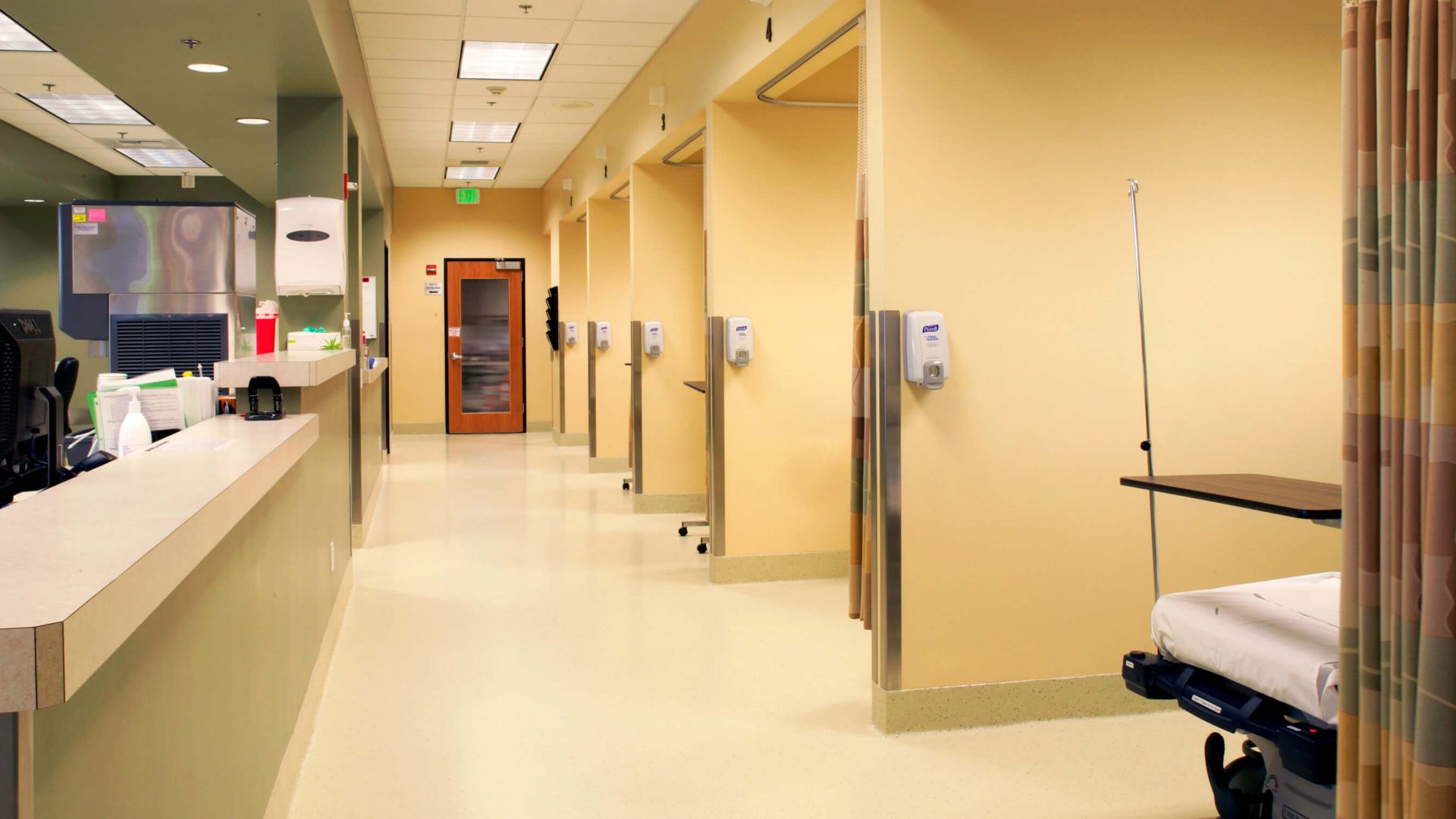12/20/2016
A recent article in the February 2016 edition of Health Facilities Management by Sherry Umhoefer and Chris Beebe of Comprehensive Pharmacy Services highlighted updates to the U.S. Pharmacopeial Convention (USP) 797 and 800 standards that will impact hospital pharmacy operations.
U.S. PHARMACOPEIAL CONVENTION (USP) 797 AND 800 STANDARDS
USP is a scientific nonprofit organization that sets standards for the identity, strength, quality, and purity of medicines, food ingredients, and dietary hmm supplements manufactured, distributed and consumed worldwide. Since its founding in 1820, USP has helped secure the quality of the American drug supply. USP’s drug standards are enforceable in the United States by the Food and Drug Administration, and these standards are used in more than 140 countries.
Building on that legacy, USP today works with scientists, practitioners, and regulators of many nations to develop and revise standards that help protect public health worldwide. Since this time, USP's focus on quality has expanded to new areas of medicine, pharmacy, patient care, dietary supplements, and foods.
REFERENCE STANDARDS
USP Reference Standards are highly-characterized physical specimens used in testing by pharmaceutical and related industries to help ensure the quality and purity of medicines, supplements, and food ingredients.
The Reference Standard collection consists of more than 3,500 items ranging from drug substances, related impurities, residual solvents, biologics, excipients, botanicals, polymers, Near-IR and dissolution calibrators, photomicrographs, and melting point standards.
Our interest is in the revision of the two previously cited standards, USP 797 Pharmaceutical Compounding- Sterile Preparations, and USP 800 Hazardous Drugs- Handling in Healthcare Settings.
USP 797 is a set of guidelines, procedures and compliance requirements for compounding sterile preparations (CSP’s). Overseen by the Food and Drug Administration, USP 797 sets the legally enforceable standards that apply to all settings in which sterile preparations are compounded. All activities with preparing a sterile compound for administration to a patient fall under the regulation. While USP797 sets federally enforceable legal standards, not all states have adopted regulations governing sterile compounding, and states that do have them have not always enforced compliance with the regulations.
FACILITY IMPLICATIONS
Many of the proposed facility and environmental measures in USP 797 provided guidance for years. Under the new standards, these measures no longer will be a ”should” but a ”must” for all hospitals that prepare sterile compounds and there will be no exceptions.
The proposed revisions are intend to leave no room for interpretation, setting specific and clearly articulated must-have requirements for engineering and environmental quality and control at all hospitals.
Any leeway hospitals believed they had under USP 797 disappears with the new revisions. A compounding facility generally consists of separate, designated operational clean areas, including an ante area, a buffer area and a primary engineering control (PEC), or a segregated compounding area containing a PEC where CSP’s are prepared.
All CSP’s except those for urgent use, will be required to be prepared in a PEC, which provides an ISO Class 5 environment. In addition, ISO 7 buffer and ISO 8 ante areas must be in separate rooms divided by walls and doors for compounding.
Facility design requirements must meet clean room standards. These include the following: Surfaces of ceilings, walls, floors, fixtures, shelving, counters and cabinets in a classified area or in a segregated compounding area must be smooth, impervious, free from cracks and crevices, and non-shedding, thereby promoting cleanability and minimizing spaces in which microorganisms and other contaminants can accumulate.
All health facilities that prepare sterile compounds are affected by the revisions to USP 797. Given the extent of the revisions and the cost implications to hospitals, it is likely that the USP will open a second round of comments on the standard. Should that occur, the enforceable date of the new regulations may be no earlier than spring of 2018. This timing represents an opportunity to take action.”
The revised standards create an opportunity to take Sika’s extensive clean room floor and wall system experience in the Biopharmaceutical market and use it when consulting with healthcare facility owners and their design teams.

